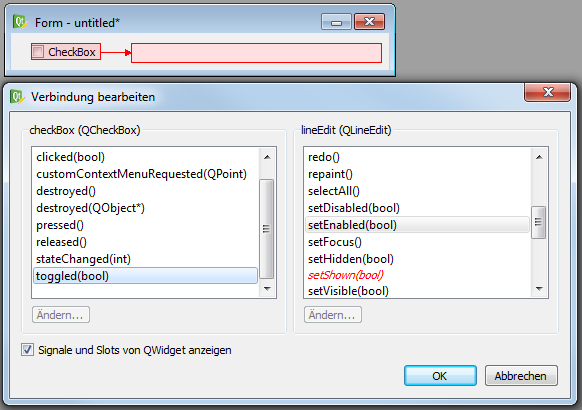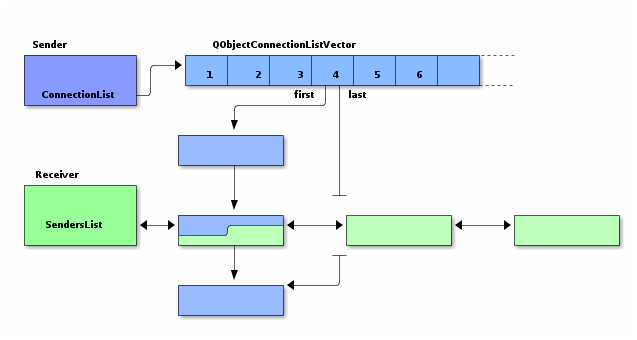What are Qt 5 Signals and Slots? Very basically, signals and slots in Qt allow communication between objects. In Qt, a signal is emitted when an event occurs. A slot is a function that is called when a signal is emitted. For example, a push button emits a clicked signal when clicked by a user. A slot that is attached to that signal is called. Signals and Slots Signals and slots are used for communication between objects. The signal/slot mechanism is a central feature of Qt and probably the part that differs most from other toolkits. In most GUI toolkits widgets have a callback for each action they can trigger. This callback is a pointer to a function.
Graphical applications (GUI) are event-driven, unlike console or terminal applications. A users action like clicks a button or selecting an item in a list is called an event.
If an event takes place, each PyQt5 widget can emit a signal. A signal does not execute any action, that is done by a slot.
Related course:
Create GUI Apps with PyQt5
Signals and slot introduction
Consider this example:
The button click (signal) is connected to the action (slot). In this example, the method slot_method will be called if the signal emits.
This principle of connecting slots methods or function to a widget, applies to all widgets,
or we can explicitly define the signal:


Qt Public Slots
PyQt supports many type of signals, not just clicks.
Example
We can create a method (slot) that is connected to a widget. A slot is any callable function or method.
Slot And Signal Qts
On running the application, we can click the button to execute the action (slot).
Slots And Signals Qt 4.8

Qt Private Slots
If you are new to programming Python PyQt, I highly recommend this book.